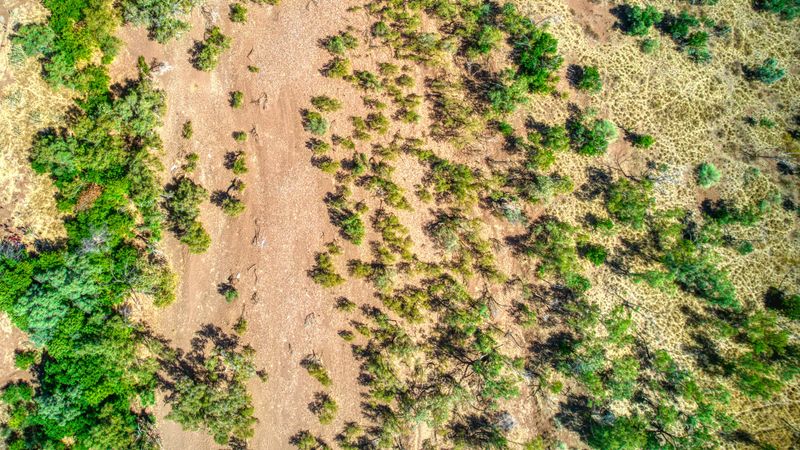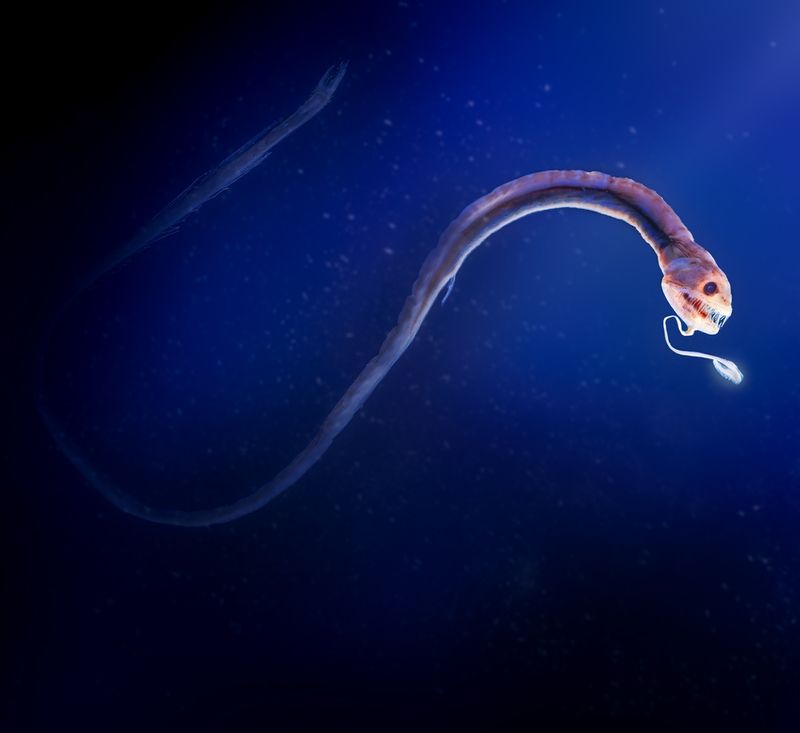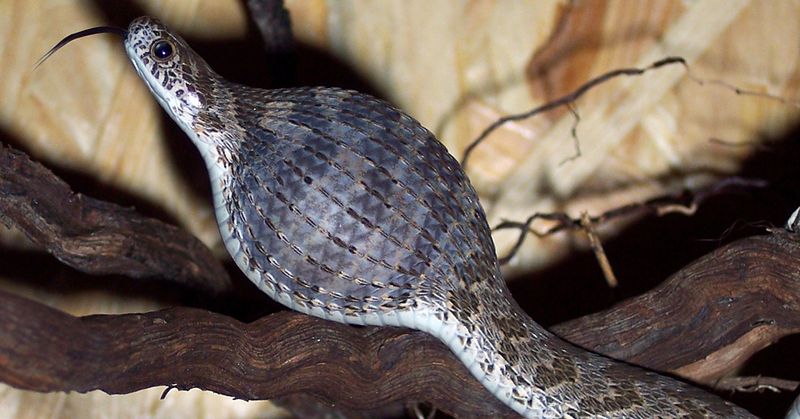We often think of patterns and visualize something with geometric regularity, but those are not the only patterns that exist. There are plenty of patterns in nature that are hardly geometrical but are clearly distinctive – think of the spots on a giraffe (although they now come in plain too!). We might not instinctively understand the rules behind that pattern, but luckily Alan Turing did it for us. The same rules have now been shown in how chia seeds germinate.
Alan Turing is famous as the father of the field of computing, the person who worked out how to crack the German Enigma machine, shortening World War 2 saving countless lives, and for being persecuted by the British State for being gay. Among his less celebrated accomplishments, there is a 1952 paper titled "The Chemical Basis of Morphogenesis". In it, Turing describes how certain patterns emerge from a homogenous and uniform state.
“When you think about the spots on a leopard or the stripes on a tiger, those are patterns where there is this element, the stripe or the spot, that's repeated, but it's not repeated perfectly. There's not that perfect regularity you get from, say, a checkerboard. But there's still this shape, this feature that is repeated across space,” Ben Balas, a professor of psychology at North Dakota State University, told IFLScience in a previous feature about patterns.
Scientists suspected that these same patterns can be applied to the behavior of growing plants, especially in locations where the availability of resources such as water is scarce, like semi-arid regions. But proving it was easier said than done.
Researchers have now been able to simulate the emergence of these patterns in a biological system. They believe it is the first time that Turing patterns in vegetation growth have been validated with experiments.
The team had chia seeds growing in four substrates with different levels of diffusion, irrigation, and evaporation. They had simulations set with the same parameters. They showed that no matter the availability of water, chia seeds match expectations from mathematical models.
“In previous studies, people kind of retroactively fit models to observe Turing patterns that they found in the world, ” lead researcher Brendan D'Aquino, who is an undergraduate computer science student at Northeastern University, told ScienceNews. “But here we were actually able to show that changing the relevant parameters in the model produces experimental results that we would expect.”
The research was presented earlier this year at the American Physical Society March Meeting.
[h/t: ScienceNews]




